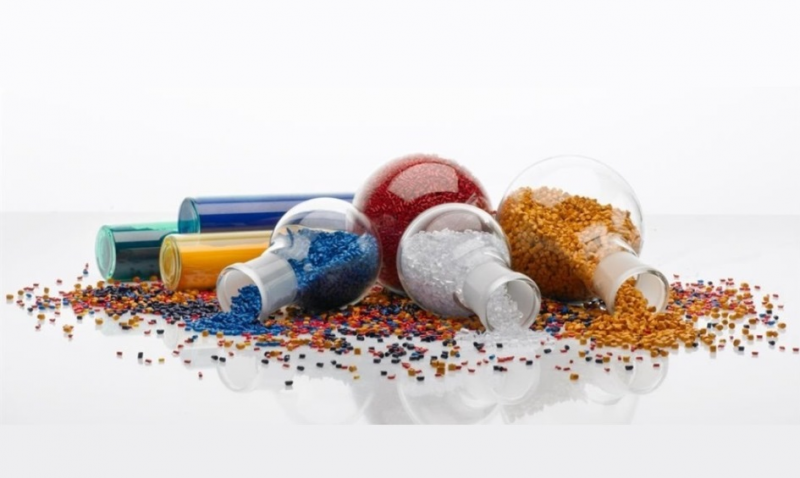Plastics have become an integral part of our daily lives, revolutionizing various industries with their versatility and convenience. However, the properties of raw plastic materials are often not sufficient to meet specific requirements, which is where plastic additives come into play. Plastic additives are substances added during the polymerization process or after, to enhance the performance, appearance, and processing of plastics. Let's delve deeper into the world of plastic additives and their significance.
Introduction to Plastic Additives
Plastic additives are chemicals that modify the characteristics of plastics, allowing manufacturers to tailor them to their desired applications. These additives can impart various properties like increased strength, improved flexibility, UV-resistance, flame-retardance, and more. The choice of additives depends on the type of plastic and the intended purpose of the final product.
Types of Plastic Additives
-
Stabilizers: These additives prevent degradation of plastic during processing and in-service use by protecting it from heat, UV radiation, and oxidation.
-
Plasticizers: Plasticizers enhance the flexibility and workability of plastics by reducing their stiffness. They are commonly used in PVC products like pipes and vinyl flooring.
-
Flame Retardants: These additives reduce the flammability of plastics, making them safer for various applications, such as electrical enclosures and automotive components.
-
Colorants: Additives like pigments and dyes are used to provide vibrant colors to plastics, making them visually appealing and suitable for different marketing needs.
-
Fillers: Fillers like calcium carbonate and talc are added to improve the strength, stiffness, and heat resistance of plastics while reducing costs.
-
Antistatic Agents: These additives help prevent the buildup of static electricity on the plastic surface, which is crucial for electronic and packaging applications.
The Role of Plastic Additives in Plastic Manufacturing
During the manufacturing process, plastic additives are carefully blended with the base polymer to achieve the desired characteristics. The additives must be selected and mixed in precise quantities to avoid any negative impacts on the overall performance of the plastic. Moreover, additives can also influence the processing methods, so manufacturers need to consider the additives' effect on molding, extrusion, or other fabrication processes.
Environmental Considerations
While plastic additives play a crucial role in enhancing plastic properties, their environmental impact is a subject of concern. Some additives may leach out of the plastic over time, leading to potential health risks. Additionally, the disposal of plastic waste, which may contain additives, can contribute to environmental pollution. As a result, researchers and manufacturers are continuously striving to develop eco-friendly and biodegradable additives to mitigate these issues.
Conclusion
Plastic additives are essential components in the plastics industry, enabling the creation of a vast array of products that make modern life convenient and efficient. From increasing durability to enhancing aesthetics, plastic additives continue to push the boundaries of what plastics can achieve. As technology advances, it is essential to strike a balance between innovation and environmental sustainability, ensuring a better future for both industry and the planet.
